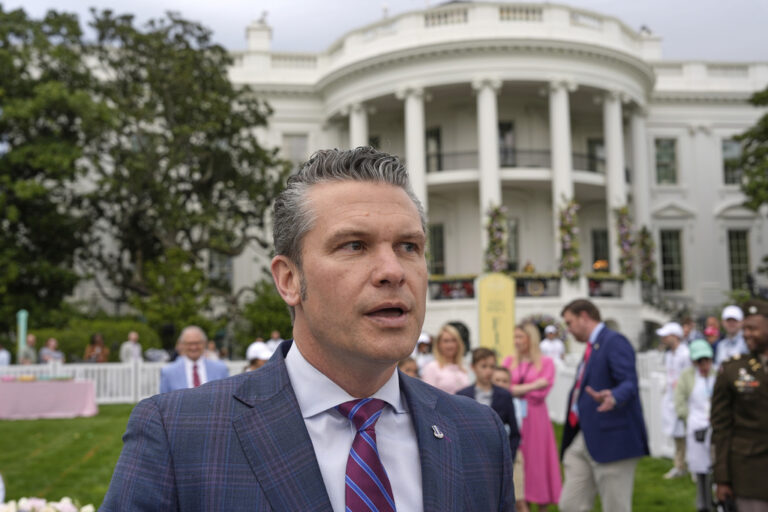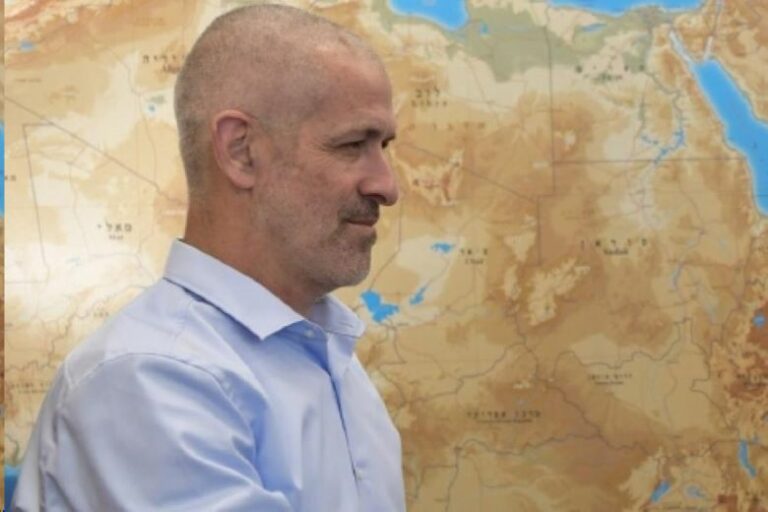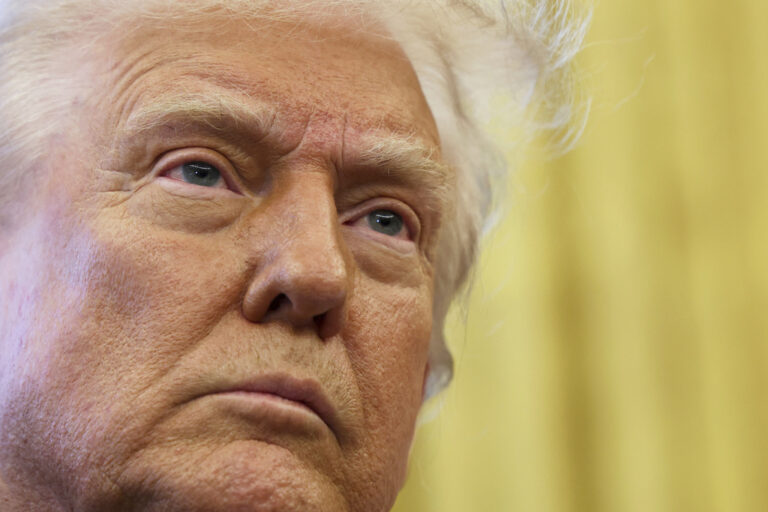The Ikatan Dokter Indonesia (IDI), or Indonesian Medical Association, plays a central role in shaping the medical profession and healthcare landscape in Indonesia. As the nation’s official medical organization, IDI serves as a unifying body for doctors across the country, advocating for ethical medical practice, advancing professional development, and contributing to national health policy. While many may be familiar with IDI as a name, fewer understand the breadth and depth of its functions and responsibilities.
A Brief History of IDI
IDI was officially established in 1950, shortly after Indonesia gained independence. However, its origins trace back to earlier professional organizations such as the Vereniging van Indische Artsen (Association of Indies Physicians) formed in 1911, and its successor, the Vereniging van Indonesische Geneeskundigen (VIG) in 1926. During the Japanese occupation in the 1940s, these organizations were dissolved, and a new body, Jawa Isha Hokokai, was established. IDI emerged post-independence to bring unity and professionalism to the rapidly developing medical field in Indonesia.
Since its founding, IDI has worked to represent the interests of doctors across a vast and diverse archipelago. With over 200 regional branches and more than 100,000 members, IDI has become an integral part of the national healthcare system.
Organizational Structure and Functions
IDI is structured to operate on multiple levels: national, provincial, and district. At the core, the association includes a central board, known as Pengurus Besar IDI (PB IDI), which oversees national initiatives and policy engagement. This is supported by regional chapters and district branches that address local medical concerns and community health issues.
Within its organizational framework, IDI also houses several key bodies:
-
MKEK (Majelis Kehormatan Etik Kedokteran): This council handles ethical matters and is responsible for upholding professional integrity and responding to violations of medical ethics.
-
MKKI (Majelis Kolegium Kedokteran Indonesia): This collegiate body manages medical education and certification standards across specialties.
-
MPPK (Majelis Pengembangan Pelayanan Kedokteran): Focuses on the development and improvement of medical services nationwide.
Commitment to Medical Ethics
One of IDI’s most fundamental responsibilities is the promotion and enforcement of medical ethics. This includes the publication and dissemination of the Indonesian Medical Code of Ethics (Kode Etik Kedokteran Indonesia, or KODEKI), which guides physicians in professional behavior and patient interactions.
IDI is frequently called upon to review ethical dilemmas, mediate disputes, and issue guidance in complex clinical situations. As the healthcare landscape evolves with new technologies and treatments, IDI’s role in maintaining ethical standards remains essential to maintaining public trust.
Support for Continuing Medical Education
In a rapidly advancing field like medicine, lifelong learning is not optional—it’s a necessity. IDI supports its members through continuing medical education (CME), seminars, journals, and certification updates. Doctors are encouraged and often required to participate in ongoing training to remain current with evolving best practices and international standards.
IDI’s medical journal, Jurnal Kedokteran Indonesia, provides a platform for academic exchange, case studies, and research findings. Through this, the association fosters a culture of scientific inquiry and evidence-based practice.
Advocacy and Health Policy Involvement
Beyond serving its members, IDI plays an active role in shaping national health policy. It collaborates with the Ministry of Health and other stakeholders to offer professional input on a range of issues—from healthcare funding to public health campaigns and pandemic response planning.
IDI was particularly visible during the COVID-19 pandemic, issuing guidance to healthcare workers, disseminating accurate health information to the public, and advocating for safety protocols, vaccines, and medical supply access. It also provided emotional and professional support for frontline workers experiencing extreme stress and risk.
Local Engagement and Community Health
Regional IDI branches often serve as the first point of contact for community health initiatives. These may include health screenings, vaccination drives, mobile clinics, disaster response, and public health education. By working closely with local government and NGOs, IDI helps address health disparities and extend care to underserved populations.
These programs are often tailored to local needs, such as dengue prevention in tropical zones, nutrition education in rural areas, or maternal health outreach in regions with high birth-related complications.
Challenges Ahead
Despite its wide reach and influence, IDI faces several ongoing challenges:
-
Healthcare inequality: Indonesia’s geography and infrastructure present major obstacles to equitable healthcare access, particularly in remote or rural areas.
-
Workforce distribution: There is a persistent imbalance in the distribution of physicians, with most concentrated in urban centers.
-
Rapid technological change: The integration of digital health tools, telemedicine, and AI presents both opportunities and regulatory challenges.
-
Medical burnout and safety: Physician well-being is an area of increasing concern, especially following the pressures of the COVID-19 pandemic.
IDI must continue to adapt to these challenges while upholding its commitment to professional standards, ethics, and public service.
Looking Forward
As Indonesia continues to grow and modernize, the role of IDI becomes even more critical. The association’s efforts to support doctors, enhance the quality of care, and promote ethical practice will remain vital to the country’s long-term health outcomes.
With an eye on the future, IDI is also investing in leadership development, policy engagement, and international collaboration. By doing so, it ensures that Indonesian physicians are not only practitioners of care but also leaders in shaping the future of medicine in the region.
–










